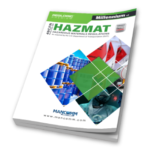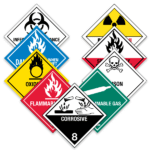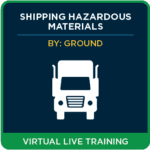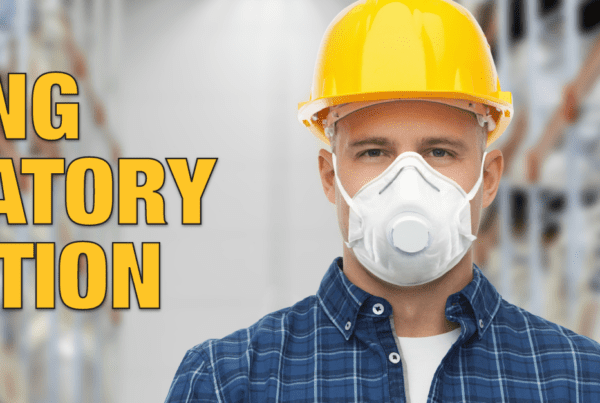Understanding Workplace Safety vs. Transportation Regulations in the USA and Canada
Ensuring safety in the workplace and during the transportation of hazardous materials are paramount concerns for both the United States and Canada. In these countries, distinct regulatory frameworks exist to address safety in workplaces and the transportation sector. This article aims to clarify the scenarios in which workplace regulations, such as the Occupational Safety and Health Administration (OSHA) in the USA and the Hazardous Products Act (HPA) in Canada, apply, and how they differ from transportation regulations like the 49 CFR (Code of Federal Regulations) in the United States and the Transportation of Dangerous Goods Regulations (TDGR) in Canada.
Workplace Safety Regulations: OSHA in the USA and HPA in Canada
In the United States, OSHA is the federal agency responsible for establishing and enforcing workplace safety and health standards. OSHA regulations apply to a wide range of industries and workplaces, ensuring that employers provide a safe and healthy environment for their employees. From manufacturing plants to office spaces, OSHA regulations set forth guidelines for hazard communication, protective equipment, training, and more.
Similarly, in Canada, the Hazardous Products Act (HPA) addresses workplace safety by regulating the classification and labeling of hazardous products. This includes ensuring that employees are informed about the hazards associated with the products they handle and that appropriate measures are in place to protect their health and safety.
Transportation Regulations: 49 CFR in the USA and TDGR in Canada
While workplace safety regulations focus on the safety of employees within a fixed setting, transportation regulations govern the safe transport of hazardous materials on road, rail, air, and water. In Canada, the Transportation of Dangerous Goods Regulations (TDGR) outlines the rules for the classification, packaging, labeling, and documentation of dangerous goods during transportation.
In the United States, the Department of Transportation (DOT) oversees the transportation of hazardous materials through the Hazardous Materials Regulations (HMR) found in Title 49 of the Code of Federal Regulations (49 CFR). These regulations ensure the safe handling, transportation, and emergency response planning for hazardous materials in transit.
Intersection of Workplace Safety and Transportation Regulations
It’s crucial to recognize that workplace safety and transportation regulations can intersect, particularly in industries involving the movement of hazardous materials. Employees engaged in the loading, unloading, and transportation of dangerous goods must adhere to both sets of regulations. This dual compliance ensures a comprehensive approach to safety, covering both the stationary workplace environment and the dynamic transportation phase.
Compliance Challenges and Best Practices
Navigating the complexities of workplace safety and transportation regulations can present challenges for businesses operating in industries that involve hazardous materials. To achieve compliance, organizations must implement robust training programs, maintain accurate documentation, and establish clear communication channels between employees, shippers, and carriers.
Regular updates on regulatory changes, employee training, and collaboration with relevant regulatory bodies are essential best practices to ensure continuous compliance and, more importantly, to safeguard the well-being of employees and the public.
In conclusion, in both the United States and Canada, the coexistence of workplace safety regulations and transportation regulations underscores the importance of a holistic approach to safety management. By understanding when and how OSHA, HPA, TDGR, and 49 CFR apply, organizations can establish comprehensive safety protocols that protect employees, the public, and the environment throughout the entire lifecycle of hazardous materials—from their origin in the workplace to their journey in transit.
We have our own library of FAQ’s which address many common and not so common questions regarding handling, storing or shipping hazardous materials. As always, our team of experts is just a call away for our customers at 855.734.5469 or send us an email, we’re happy to help.
Stay up to date and sign up for our newsletter!
We have all the products, services and training you need to ensure your staff is properly trained and informed.
 49 CFR Publications 49 CFR Publications |
 Hazard Class Labels Hazard Class Labels |








 ICC USA
ICC USA ICC Canada
ICC Canada